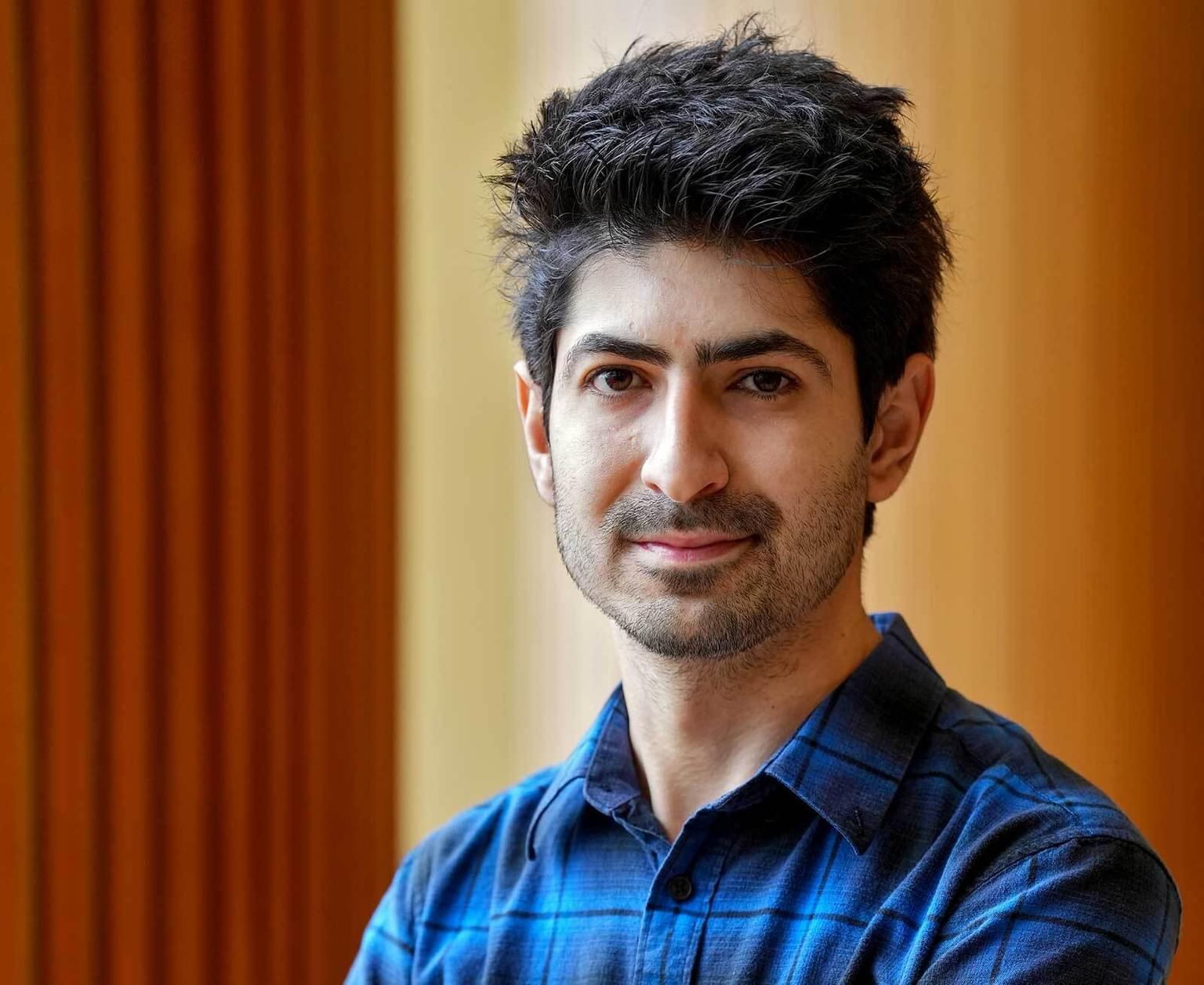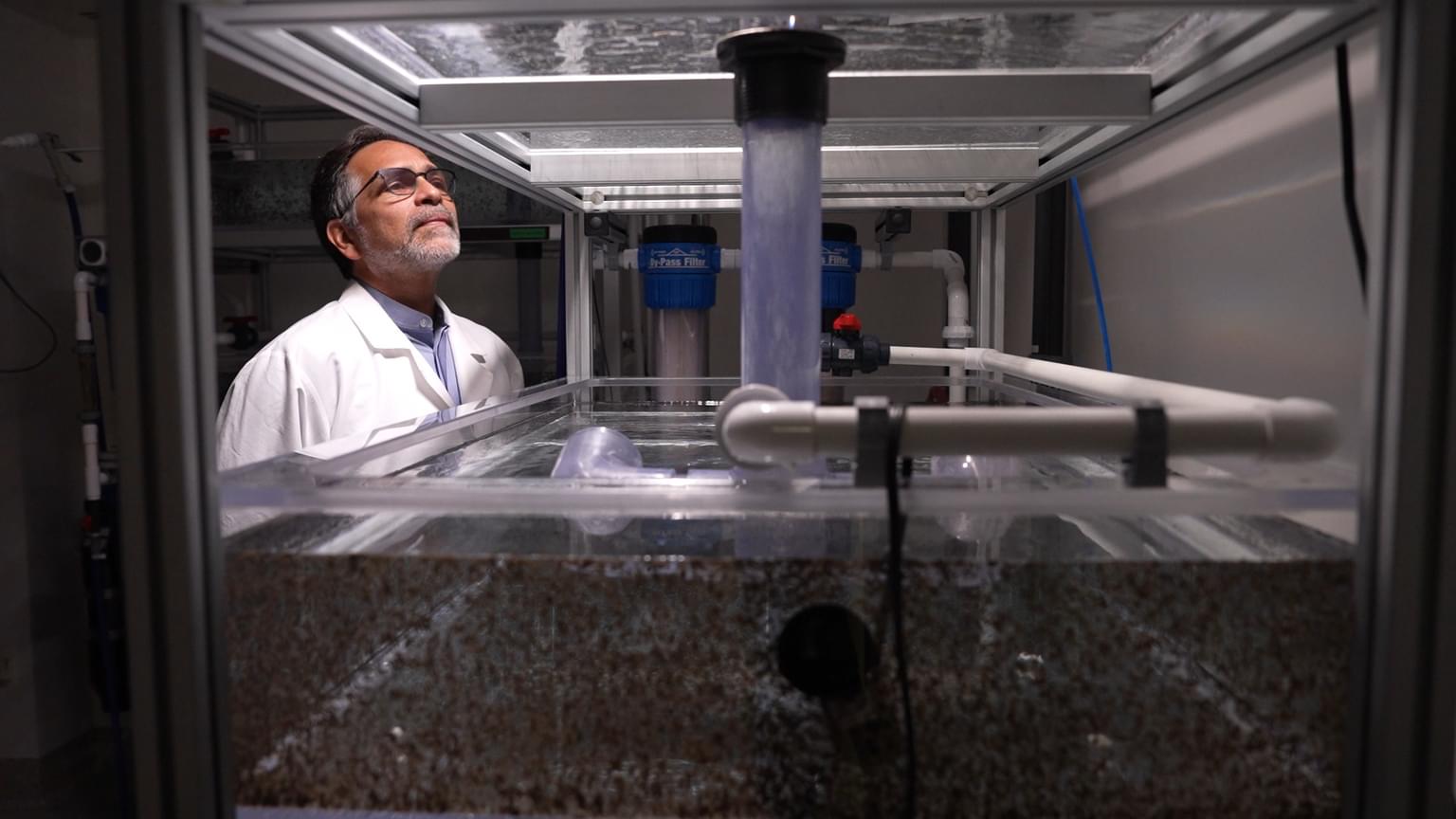News

03 April 2025
Does a cell’s “type” define its function?
A recent article co-authored by Stowers Investigator reviews current neurobiology research to highlight and foster scientific discussion.
Read Article
By Cathy Yarbrough
When Joan Weliky Conaway, PhD, was a child growing up in Pittsburgh, she often accompanied her father, a scientist, to his lab on Saturday mornings. "I pretended to conduct experiments while my dad was busy with his work," she said. "Scientific labs became a very comfortable and familiar place for me."
Today Conaway is a Stowers investigator and member of one of science's most accomplished research teams, "The Conaways." The research of Conaway and her husband Ron Conaway, PhD, also a Stowers investigator, has advanced scientific knowledge about many of the mechanisms that underlie gene transcription. During this complicated biological process, a gene's DNA instructions for a specific protein are transcribed into a format (messenger RNA, or mRNA) that can be "read" by the cell's protein manufacturing machinery. In addition to revealing how gene transcription occurs at the molecular level, the Conaways' research has highlighted some of the steps in the process that may play a role in cancer and other diseases.
Gene transcription was a "black box" when Conaway graduated from Bryn Mawr College in 1979 with a bachelor's degree in chemistry and biology. She subsequently joined the lab of Roger Kornberg, PhD, at Stanford University as a graduate student. At the time, her future husband was conducting graduate studies in another lab at the university.
Kornberg, who would receive the 2006 Nobel Prize in Chemistry for his pioneering studies on gene transcription, encouraged the two talented young scientists to join forces to work to tackle a scientific mystery: the identity of the molecular factors that signal the RNA polymerase II to catalyze the transcription process
Conaway, who was awarded a PhD in cell biology at Stanford, conducted her postdoctoral studies at the DNAX Research Institute in Palo Alto, California. Before joining the Stowers Institute in 2001, the Conaways were faculty members at the Oklahoma Medical Research Foundation. In 1997, they were honored with the American Society for Biochemistry and Molecular Biology/Amgen Award and five years later were elected to the American Academy of Arts and Sciences.
In addition to her position as an investigator, Conaway holds the Helen Nelson Distinguished Chair at the Institute and is a professor in the Department of Biochemistry and Molecular Biology at the University of Kansas School of Medicine.
Did your parents play a role in your decision to become a scientist?
They had a big influence. I was born when my parents were both in graduate school. Although my mother stopped being an active researcher so that she could be a stay-at-home mom, she certainly talked about science as one of those fields that I might want to consider.
Did you decide to become a scientist when you were a child pretending to conduct experiments in your dad's lab?
I made that decision in college. When I was in high school, I became interested in other subjects. So when I arrived as a freshman at Bryn Mawr, I was unsure whether I would major in political science or biomedical science. During the summer after my freshman year, I worked in a pharmaceutical company immunology lab and saw the connections between what I had been learning about cells in the classroom and what happens in real cells in the lab. That's when I decided to become a scientist.
Did you and Ron ever work independently of each other after you both had earned PhD degrees?
Early in our careers when Ron was a postdoctoral researcher and I was a graduate student and subsequently when we were both postdocs, we spent long hours in the lab. We found that we enjoyed conducting research together. And, because we have different strengths, Ron and I realized that we complemented each other's skills. Several successful senior female scientists told me that if I continued to work with Ron, my career would be subsumed under his. That did not happen.
Why?
Ron's attitude was that the work that we did together was a team effort, and both the responsibility and credit should be shared by us independent of our formal positions. We took turns on being senior author when we published scientific papers.
Another reason that our relationship works so well is that we don't compete with one another. We take pleasure in each other's success. But, that's how it should be with any group of colleagues. Scientific collaborations are more effective when researchers who work together don't compete with each other but celebrate their colleagues' successes
What do you say to students who ask your advice about whether they should become a scientist?
Being a scientist is hard work but can be an incredibly rewarding and fun career for individuals who have a passion for science, enjoy thinking about how to solve problems, are curious, have a stick-to-itiveness, and are willing to fail once in a while. When you take a creative approach to solving scientific problems, sometimes it doesn't work out. But when it does, it's very exciting.
How do you relax?
Soon after moving to Kansas City, Ron and I discovered the great pleasure of the local jazz community here. We enjoy hearing live music in small settings, eating out in restaurants, and just being at home.
Why did you and Ron join the Stowers Institute?
Soon after the Institute opened, we visited and were very impressed. We found that the Institute's facilities were beautiful, but more important to us was the vision for the Institute. Before our visit, we were not that serious about joining. But after talking with Bill Neaves who was then president and CEO, Robb Krumlauf who is scientific director, and Jim and Virginia Stowers, the Institute's co-founders, Ron and I wanted to come here.
And we're so glad that we did. Everything has turned out better than we could have imagined. The Institute has made an enormous investment in technology and has recruited spectacular researchers with whom we enjoy collaborating. We could not have accomplished what we have if not for our colleagues here. However, I must say that throughout our career, wherever we've been, we've had the opportunity to work with terrific people. We've been very lucky.
Why does transcription still fascinate you?
When Ron and I began studying it thirty years ago, transcription was a "black box." In principle, the copying of a gene's DNA into mRNA should be a simple process, but it's not. Our lab and scientists at other institutions have shown that almost forty individual proteins are needed just to initiate transcription. And beyond that, there are many additional proteins involved in regulating how much RNA is made during transcription. It's quite remarkable.
News

03 April 2025
A recent article co-authored by Stowers Investigator reviews current neurobiology research to highlight and foster scientific discussion.
Read Article
News

01 April 2025
Brown, who held key leadership roles for both organizations, passed away March 27, 2025.
Read Article
Press Release

27 March 2025
Alejandro Sánchez Alvarado, Ph.D., receives recognition as a leader and expert in regenerative biology and its potential to transform human health.
Read Article
